This article will help you understand the importance of good facade lighting and give you a step-by-step guide to illuminating your Hotels and Resorts.
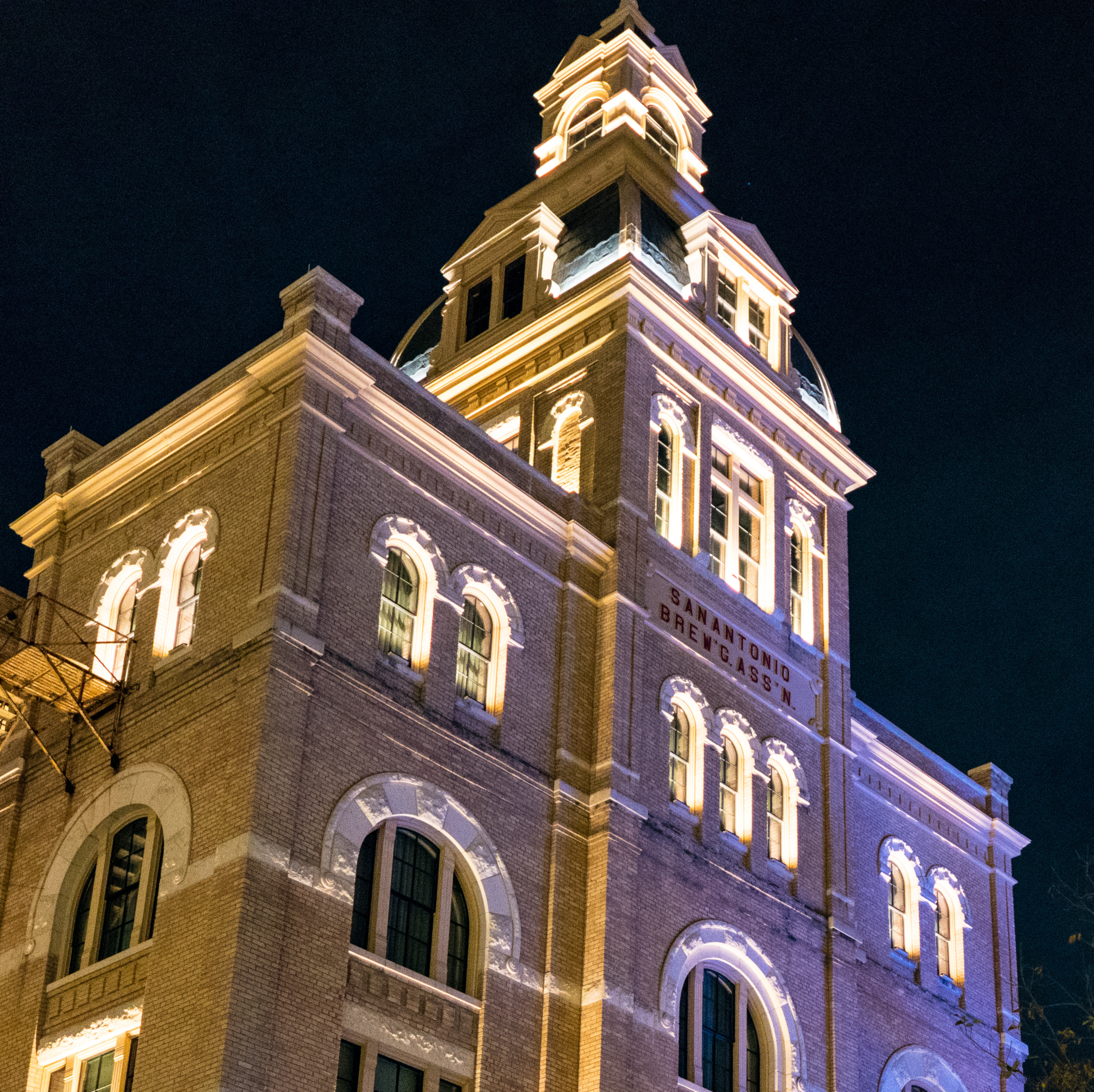
Importance of Facade Lighting
Sometimes we just want a pleasant and relaxing vacation. We want to go far away from our monotonous life but maintain that homely feel. Hotels and resorts can accomplish that task and be that home away from home for many guests. But it takes a lot more than excellent amenities to stand out from the torrent of other vacation destinations competing for the attention of potential guests.
Here are the most critical effects of well-executed facade lighting.
Increase Hotel Visibility
Stand out from the dull office buildings and stand out from the competition. Proclaim your hotel as a place of luxury and hospitality by differentiating it through good lighting. A well-crafted lighting design makes your hotels and resorts more visible to potential guests.
Showcase Hotel Architecture
All that time and money you spent on that beautiful hotel architecture goes to waste as soon as the sun sets. Strategically placed LED lights will help show off those architectural features. Use hotel lighting to showcase that premium and sophisticated building design.
Enhance the Hote Appeal
Guests are more likely to visit a hotel with some character and unique visual appeal. Use your lighting equipment to its fullest by creating a unique atmosphere. Choose LED lights that invoke a sense of luxury and sophistication.
Safety and Convenience
You should never compromise on nighttime safety. Your hotel should be a warm, welcoming, and safe place. Hotel lighting helps increase outdoor visibility by providing a soft ambient glow to the surrounding. It allows guests to avoid any unforeseen accidents.
Facade lighting makes your hotel appear as a sanctuary from the darkness and a convenient guiding light to help guests find their way back to the hotel.
Important Lighting Terminology
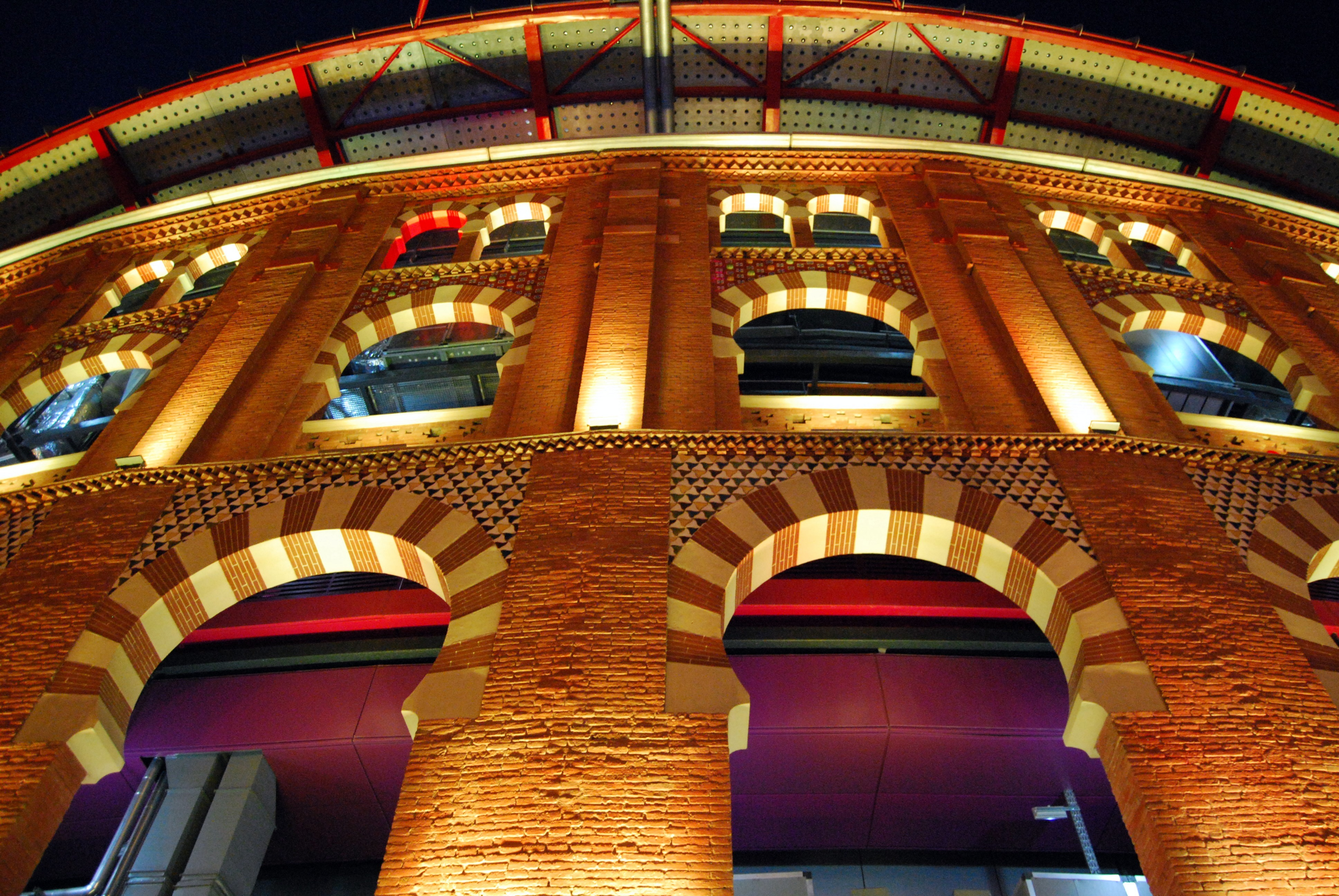
Before we jump into our main topic, you should familiarize yourself with a few terms. Understanding these terms will help you better grasp lighting design and terminology.
What is Facade Lighting?
Facade is the visible exterior or front-facing section of a building. The term originates from French, where facade means face or frontage. Facade lighting is the art of illuminating a building’s exterior and highlighting prominent architectural design features. Facade lighting can utilize several luminaires for building entrances, columns, walls, and surface details.
What is a Luminaire?
A complete lighting unit is called a luminaire or a light fixture. It consists of a light source (bulb or LED), an outer casing, a connection socket, wiring, and other minor parts. Lamps, spotlights, a string of fairy lights, bollard lights, and much more are all addressed as a luminaire despite the differences in size, design, and applications.
What is Accent Lighting?
Accent lighting is a subcategory of lighting design where the goal is to highlight and emphasize select objects and areas. Accent lights are often used for pieces of artwork, statues, fountains, and architectural details. Facade lighting is accent lighting for the exterior of a building.
What is Architectural Lighting?
Architectural lighting is a field of lighting design that deals with the study of incorporating lighting into the structure of a building. It is equal parts sciences, technique, psychology, and art. The best way to understand the difference between these lighting styles is to view it as a hierarchy.
Facade Lighting is one of the several types of Accent Lighting Techniques. And Accent Lighting is one of the three techniques used in Architectural Lighting Design.
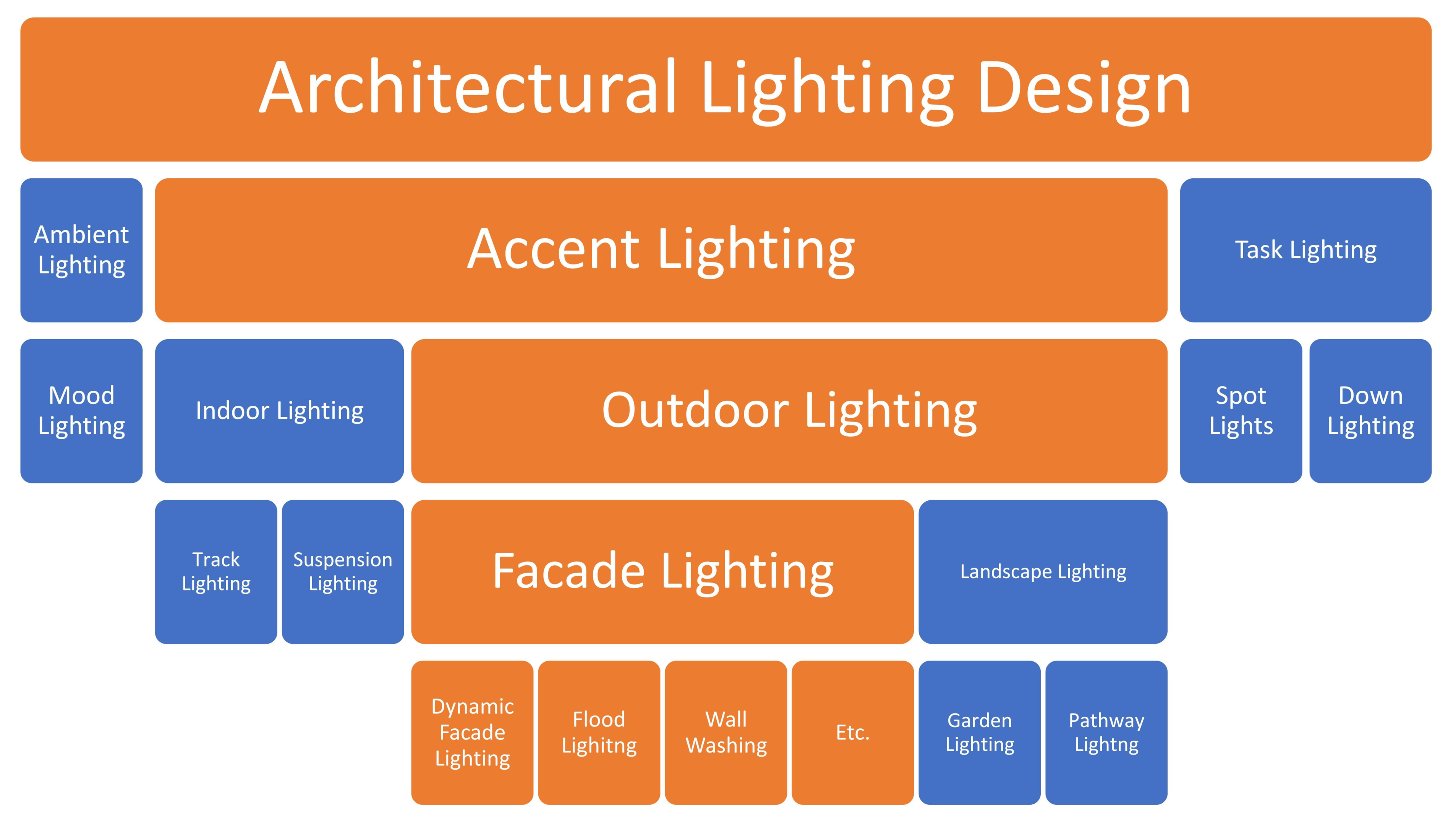
How to Illuminate Hotel or Resort Facade with LED Lighting?
Illuminating large spaces like a hotel or resort is an incredibly challenging endeavor. Each hotel section requires a different level of care, and facade lighting is one of the most difficult to illuminate. Facade lighting can be seen as a subsection of architectural lighting that deals with the exterior of a building.
Architectural lighting design is equal parts sciences, technique, and art. But with patience and proper technique, we can break down this complex process into smaller, more manageable steps.
Step 01 – Design Outline
Before you do anything, you need to outline the scope of your lighting project. Take a good look at your hotel front and determine key elements that will benefit from architectural lighting. Hotels typically have one front-facing side, while resorts generally have more than one outward-facing side. In such cases, all visible exterior sides of the building should be considered for facade lighting.
Outline all columns, wall sections, cornices, and signs that need illumination. Most hotel rooms have windows as a facade element. To prevent guest discomfort, your design outline should avoid placing lights directly in front of hotel rooms.
Additionally, if your hotel uses natural light for daytime illumination, you must find appropriate artificial lighting alternatives.
Step 02 – Aesthetics & Theme
Once you have outlined all the potential areas for hotel lighting, it’s time to decide on a theme and motif for your hotel. Your choice of lighting equipment, hotel architecture, and surroundings play an essential role in your hotel lighting aesthetics.
This step is typically done under the supervision of a hotel lighting designer, but here are a few simple ideas to help you get started.
Minimalist Lighting
Use simple light fixtures with the sole goal of providing even and uniform illumination. Such lighting designs are meant to bring the architectural beauty of the building to the forefront.
Colorful Highlights
Colors are an attractive way to add visual complexity to your facade. It can help your building stand out from your boring white and yellow lighting neighbors. You can also use different colored LEDs to accent different sections of your resort.
Dynamic Facade Lighting
A dynamic lighting system has computer-controlled LEDs that can create the illusion of motion by selectively turning on or off. Motion is another visual element that attracts the attention of passersby. Using both lights and motion will further help draw attention to your building.
Outline Facade Lighting
Instead of complete building illumination, you can use LED strips to outline key elements of your building. LED strips can create a light boundary around windows and columns for an angular lighting aesthetic.

Step 03 – Choosing Lighting Fixtures
Luminaires come in various shapes and sizes, with various luminance and beam angle options. Choose lighting fixtures that are best suited to your desired applications. A good hotel lighting setup will typically utilize a few different luminaires for the best results.
Most hotel designs have a clear separation between the hotel lobby and facade. Both lighting designs exist independently of each other. So you don’t need to constrain yourself to a single style of lighting unit for both interior and exterior lighting.
If you have trouble finding the perfect lighting for your hotel facade, you can always try ordering custom OEM lighting units. Different aspects of luminaires can be customized to fit the needs of your lighting system. Though custom order lights will be more expensive than standard commercially available units.
Step 04 – Calculating Electricity Consumption
Energy consumption is a big deal in the commercial space. More lights will result in more illumination, creating more visual appeal for your hotel or resort. But that many lighting units require a lot of electricity to maintain.
Calculate an approximate range of energy consumption for your facade lighting. Depending upon the electrical requirements, you may need to get special permission from local authorities and build a proper electrical infrastructure to support your hotel lighting. Special wiring and electrical distribution boxes may be needed for larger lighting projects.
LED lighting is a simple way to avoid excessive energy consumption and its associated costs.
Step 05 – Overhead Analysis
You can never indeed account for all possible design elements. Sometimes you need a few more lighting units to fill in a blindspot in the facade, or you accidentally damage a unit. Accommodating for such contingencies is part of the overhead analysis.
You should typically add at least 10% to all of your calculations as a safety net. The number of lighting units required, the mounting hardware needed, and the estimated electrical consumption can be easily exceeded. Accounting for random errors and complications in a project is necessary for quick and timely execution.
Step 06 – Location Check
Once you have finished your theoretical assessment of the hotel lighting design, it is time to verify it with an onsite visit. Complications can always arise during the planning phase of any significant lighting endeavor. A location check is standard practice, and some minor issues are always expected in this step.
A location check can result in various hiccups, such as existing electrical wiring nearby or particular walls unsuitable for mounting lighting units. You can also run into city construction regulations and local laws.
If you encounter any of these problems, you must modify your lighting design accordingly. This is exhausting work for a simple facade illumination, but it is necessary to deal with all possible complications beforehand. Otherwise, dealing with complications during the installation phase can be an even bigger hassle.
Step 07 – Workflow Analysis
The planning phase is over now that you have finalized your lighting design plan. Now it’s time to move into the installation phase. We start by analyzing the amount of work and optimizing the project workflow.
This step mainly involves figuring out the order of the workflow. Starting from the top is a good approach, but hotel buildings can vary drastically, and it is best to consult your lighting contractor. The contractor will also give you an estimated time frame to finish the lighting project.
Step 08 – Segmentation
Segmentation is another contractor-specific step. The electrical and lighting work needs to be broken down into facade segments. This way, you can have the electrical wiring group working on one building segment and the lighting and construction group working on another.
Outdoor spaces have several challenges; you must deal with passersby, keep the noise to a minimum, and comply with local laws. If your hotel operates, as usual, you will also have to deal with guests coming in and out of the building. An experienced contractor can juggle all these tasks and keep the project from derailing.
Step 09 – Installation
The installation step is somehow the most straightforward as well. All the hard work has already been done, everything is planned out, and now it’s time to implement the plan. For the most part, you can just sit down, relax, and let the professionals handle the project from here onwards.
It is recommended that you oversee the lighting projection to ensure everything is going according to plan and that the correct lighting units are installed. Quality control can be an issue when ordering several hundred units. But if you picked a reliable and trustworthy supplier, that should make the installation step go even smoother.
Step 10 – Testing
Before you wrap up your facade lighting project, it is advised to do one last quality test. Ensure all light sources are working correctly and all architectural features are illuminated. If any light is damaged or dimmed, now is the best time to get it replaced.
Look for any construction damage, such as chipped paint or crooked light units. Once everything is precise as needed, you can close the book on the lighting project.
Tips for Facade Lighting Hotels and Resorts
After reading this far into the article, you have most of the information necessary to illuminate your hotel or resort. But more knowledge is never wrong, and we have a few more tips to help you take your hotel lighting game to the next level.
Decorative Lighting
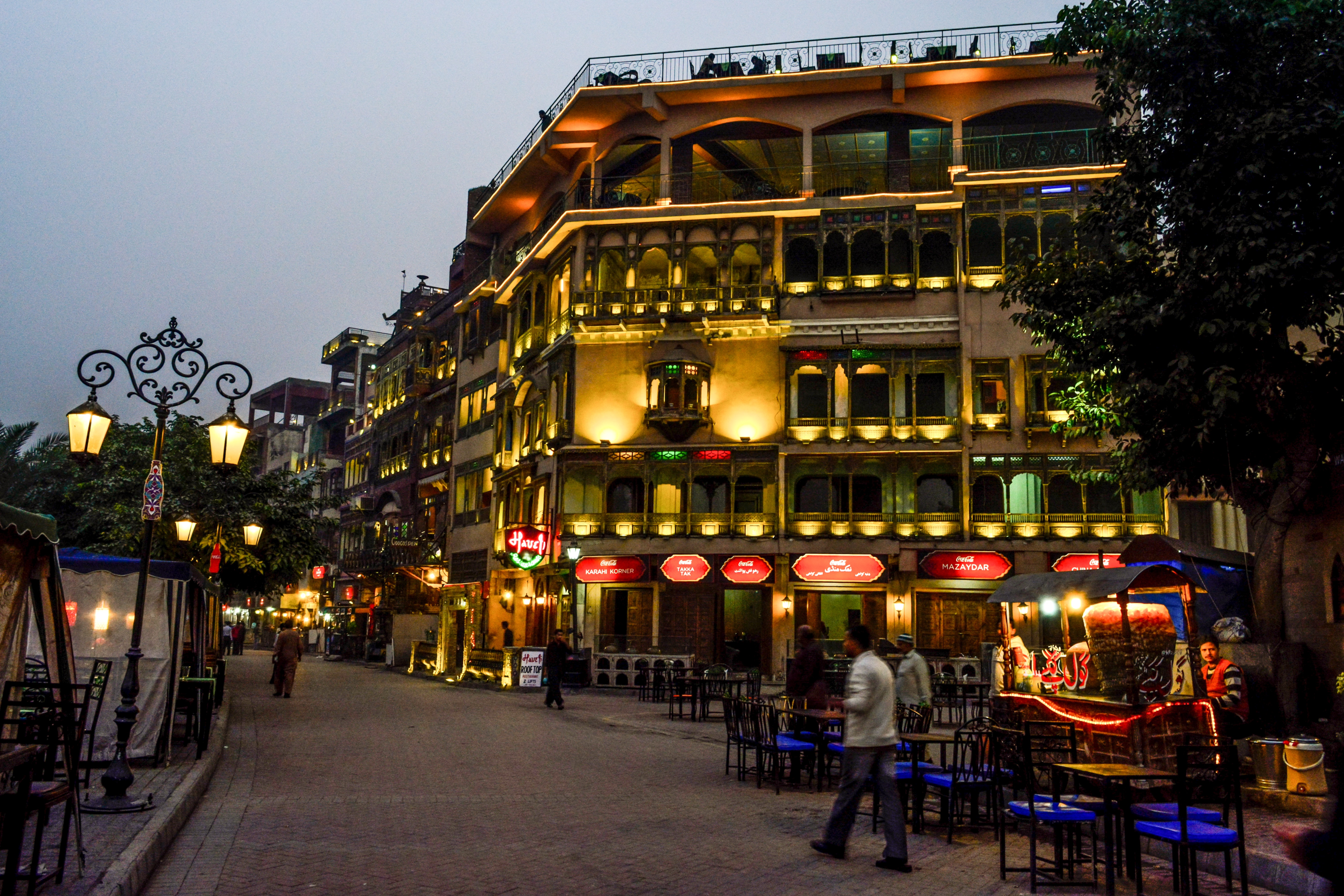
Decorative lighting is a type of lighting design that treats light fixtures as decorative art pieces rather than illumination tools. The goal here is to add lights to the facade even when not necessary.
Famous examples of decorative lighting include indoor lamps and wall sconces. For outdoor spaces, you can see decorative lighting in action as color filters for your facade.
Addressable LED Lights
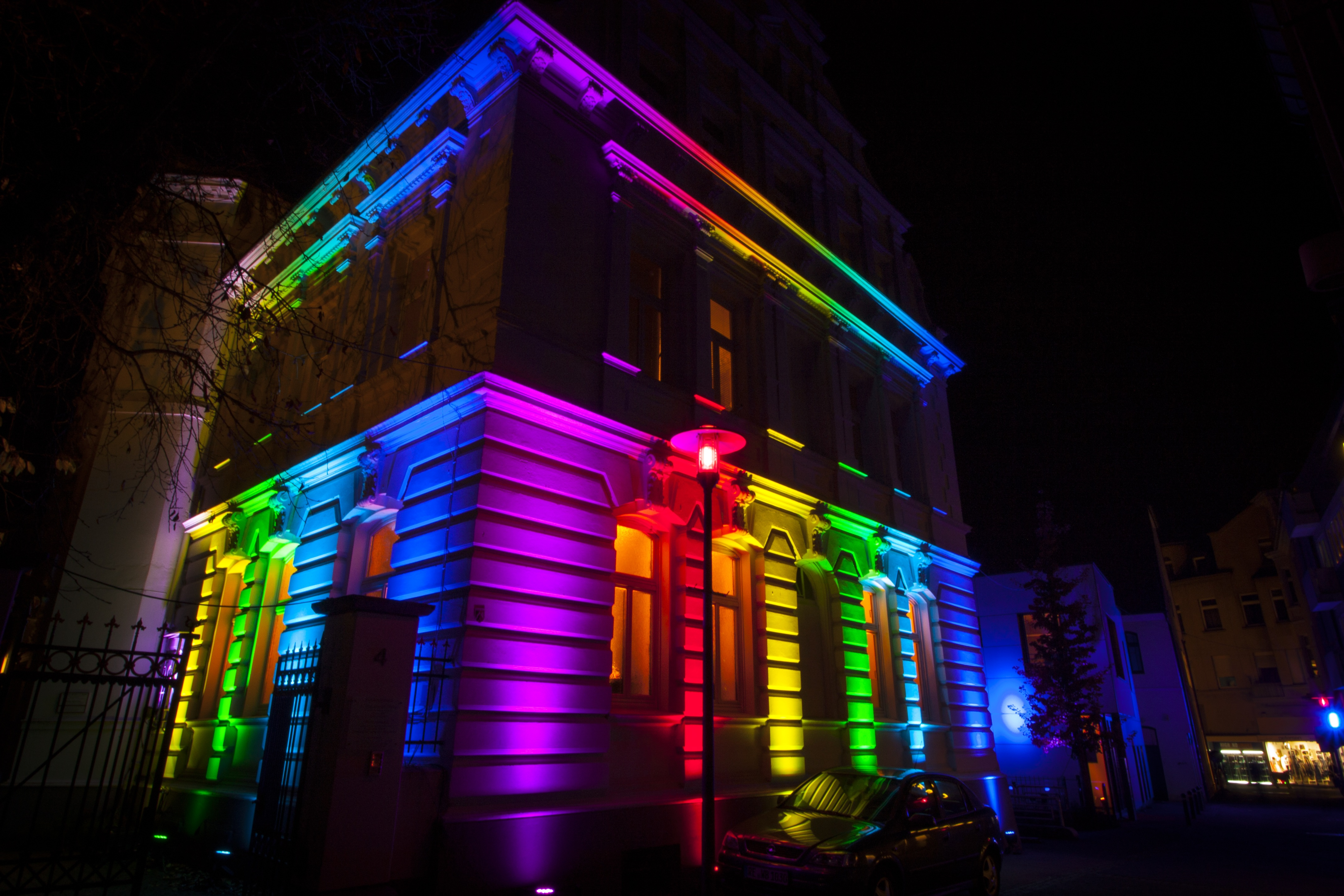
Addressable LED lights have a red, green, and blue lighting element inside them. These lights can be smartly controlled to change colors and turn on or off from a remote location.
Addressable lights allow you to change your facade lighting to match seasonal holidays or local sports teams.
Color Temperature
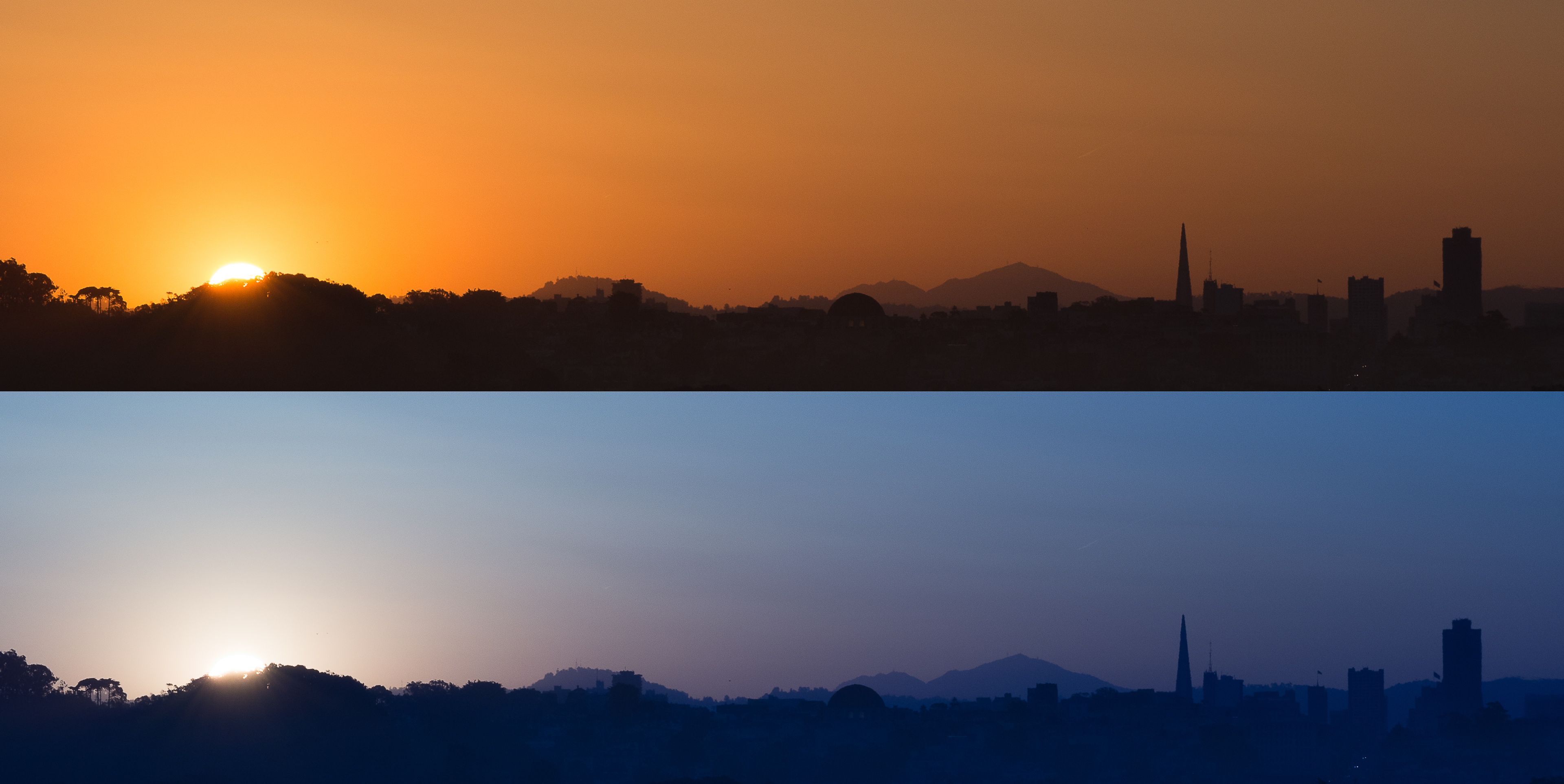
You can look into color temperature if colorful lights are not your tea. An LED light can have a slight hue to its illumination. Yellow hues are called warm tones, and blue hues are called cool tones.
Cool tones have a modern industrial look, while warm tones bring a cozy campfire atmosphere.
Lighting Transition

Lighting transition refers to the smooth change from one lighting style to another. Interior lighting examples include a gradual shift from hotel lobby lighting to hallway lighting and room lighting.
As an extra step, you can ensure your outdoor facade lights smoothly transition into indoor lighting. You can use warm LEDs around the entrance to guide the guest toward the warm lights of the lobby.
Conclusion
Hotels and Resorts have many elements and features to keep guests happy and comfortable. But none of those matter if guests don’t walk into your buildings. A well-lit facade is an advertisement for your hotel and gives a small glimpse of the exciting interior.
Poor facade lighting setups will dissuade people from considering your resort a potential holiday destination. While reasonable lighting steps boost the appeal of your building and help attract new guests.
If you’re looking to give a fresh make-over to your hotel facade, we recommend spending extra time on the planning phase, as it will be worth it in the long run. Additionally, always rely on industry experts to guide you and make the process easier.
Why Choose R&C Lighting for your Hotels and Resorts?
R&C Lighting is an industry-leading landscape and facade lighting manufacturer. We have a robust product catalog with a wide range of Facade Lighting solutions. All our products comply with international health and safety standards. We rigorously test all designs to maintain a high level of Product Quality.
R&C has no minimum order quantity and a flexible production schedule. All lights are custom-made to order and ship within two to four weeks. Poor facade lighting can be detrimental to the success of your hotel. Always pick a trustworthy and reliable manufacturer like R&C Lighting. Contact us Now!








